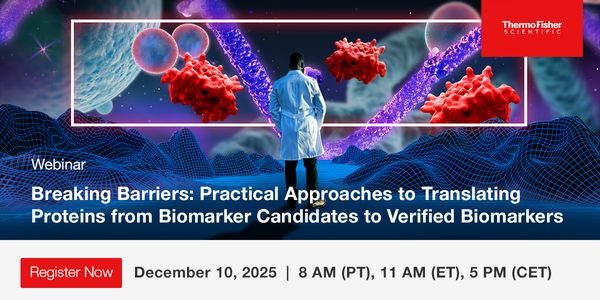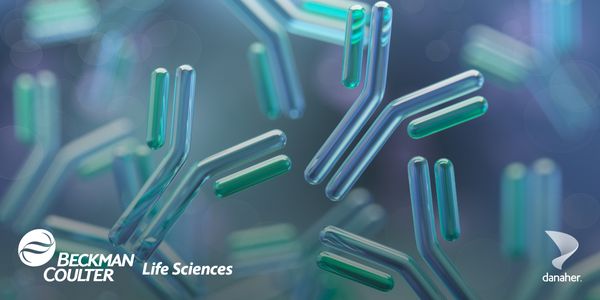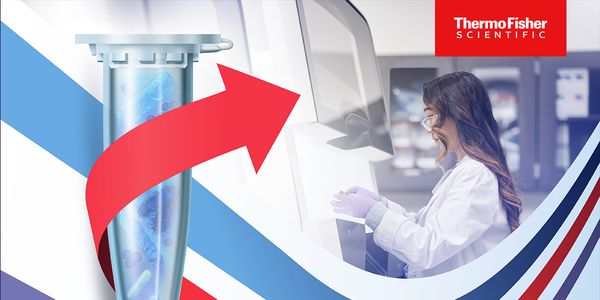Growth hormone (GH) is secreted by anterior pituitary somatotroph cells in a pulsatile manner throughout life. Growth hormone secretion is under control by several hypothalamic peptides (stimulated by growth hormone releasing hormone and gastric ghrelin; suppressed by hypothalamic somatostatin). Growth hormone exerts a wide variety of actions in humans, either directly or indirectly by stimulating the synthesis and secretion of insulin-like growth factor 1 (IGF-1). In turn, IGF-1 acts upon both distant tissues (“endocrine effects”) and local tissues (“paracrine effects”) to mediate several GH actions. In addition, IGF-1 inhibits GH secretion via a negative feedback loop action exerted upon the hypothalamus and pituitary.
Both GH and IGF-1 have anabolic effects, while GH alone has prominent lipolytic effects. In addition, GH and IGF-1 have opposing effects on glucose homeostasis. In adults, the diagnosis of GH deficiency generally requires GH stimulation testing. However, serum IGF-1 levels can also be of diagnostic significance in the evaluation of GH deficiency in adults. The diagnosis of GH excess in adults (acromegaly) primarily relies on serum IGF-1 levels and GH suppression testing (oral glucose tolerance test).
In the skeleton, GH and IGF-1 activate both bone formation and bone resorption, culminating in increased bone turnover. In addition to growth-promoting effects in children and adolescents, mediated via effects on epiphyseal growth plates, GH and IGF-1 have an important physiologic role in the adult skeleton. Growth hormone deficiency in adults is associated with decreased bone mineral density and increased fracture risk. Growth hormone excess is associated with increased vertebral fracture risk even though bone mineral density is preserved in these patients in the absence of hypogonadism. Further research is needed in order to fully elucidate the effects of GH deficiency or excess on the adult skeleton and the consequences of therapies aiming at restoring GH physiology in patients with these conditions.
Learning Objectives:
- Discuss the physiology of growth hormone secretion and the diagnosis of growth hormone deficiency or excess in adults.
- Review the consequences of growth hormone deficiency on the adult skeleton.
- Describe the sequelae of growth hormone excess on the adult skeleton.







